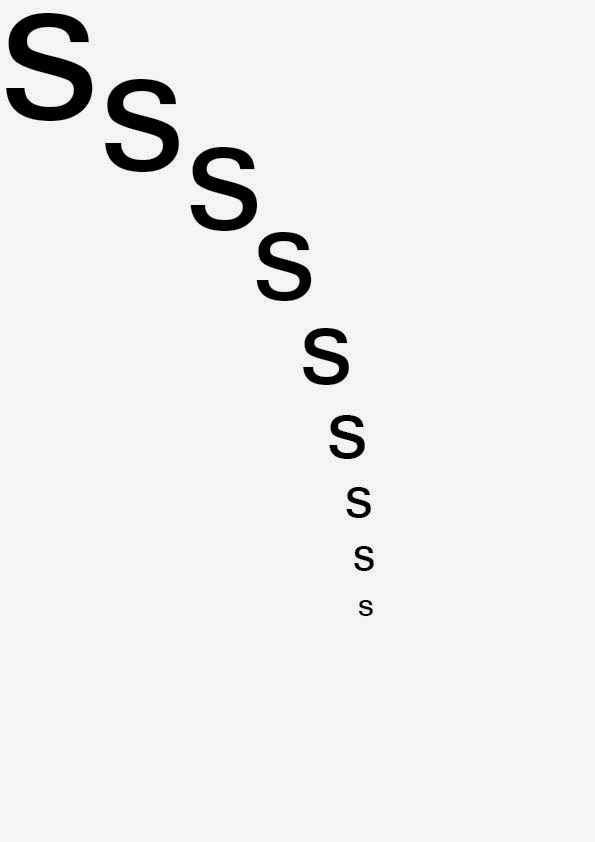Popular Posts
-
Hi guys, I thought I would create something different this time. I'm trying to become more creative in the way I present my videos so...
-
After the shoot, it also had me thinking how the colours we chose echoes our personality perfectly. For example: I chose blu...
-
Thanks for reading. I thought I would share what I have been up to since winter break. I will keep you updated on the progress...
-
Let's go back to old school: I have developed some of the film pictures I have taken throughout this winter. There is just something ab...
-
Hello my dear readers, I've been inspired to come up with a few designs based on this phrase:花樣年華 In chinese and korean 花樣年華 means ...
-
Project 2: This aim of this brief was to tell a narrative through the theme of memory. Initially I began researching semiotics to...
-
https://youtu.be/BoIgVuII7wc
-
Hurray! for my favourite seasonal holiday is soon to come. With festivity and uncalled christmas song singing in the air I hope you are kee...


















